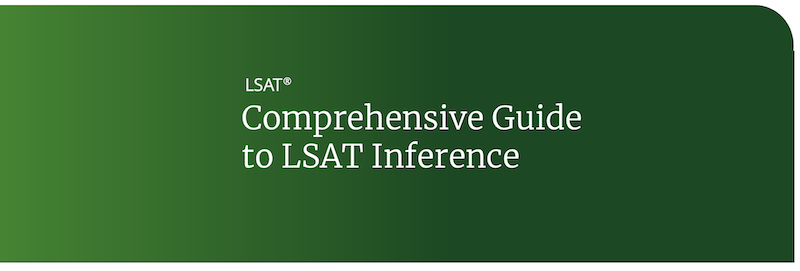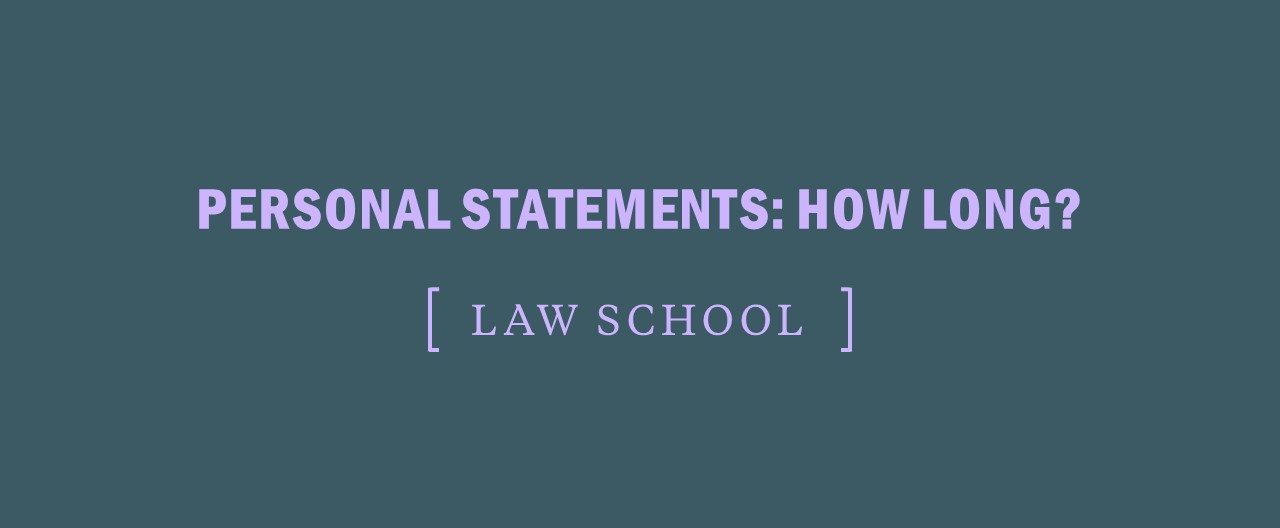9 Common LSAT Reading Comprehension Mistakes
The LSAT reading comprehension section often becomes a student favorite once they start their test prep. Why? It looks familiar. We’ve all read articles similar to the passages that appear in this section, most of us have taken tests with reading comp before, and many test takers perform well without much practice.
Test takers also feel frustrated, however, because the reading comp section does not respond with big points gains without implementing a more fine-tuned approach. So, let’s review how we should be strategizing for this part of the LSAT in three key areas (so that you can roll around in a big pile of reading comp points, Scrooge McDuck-style). Piece by piece, here are our expert LSAT reading comprehension tips for raising your score:
Reading Strategy
Within each passage, focus on answering the following questions:
- What’s the big picture focus?
- What is/are the author’s conclusion(s)?
- Are there other points of view that agree or disagree with the author’s conclusion(s)?
- How is the passage organized?
Avoid these common mistakes that test takers make while reading the passages:
Questions Strategy
Your main goals when encountering the reading comprehension questions should be the following:
- First, get the gist of the question—zero in on the main idea of what’s being asked.
- Anticipate answers wherever you can.
- Finally, eliminate obvious wrong answers that don’t fit the larger picture of what the passage is about.
Avoid these common mistakes that test takers make while answering the questions:
Section Strategy
Your main goals in approaching the LSAT reading comprehension section as a whole should consist of the following:
- Order the passages from easiest to most difficult.
- Be sure to get through every one of the passages.
- Stay focused.
Avoid these common mistakes made by test takers in approaching this section of the LSAT overall:





